Creating a DIY duck enclosure is a heartwarming and rewarding project that brings joy to both the owner and the feathered friends. As someone with a passion for backyard farming and animal care, I’ve learned that ducks need a secure, comfortable, and stimulating environment to thrive.
With the right blend of ingenuity and practicality, building a sanctuary for ducks can be both fun and functional.
From selecting the right materials to designing a layout that meets all of their needs, every step of the process is an opportunity to cater to our ducks’ comfort and happiness.
As we embark on constructing a home for our ducks, it’s crucial to take their needs into account.
Ducks are social creatures that enjoy space to waddle and access to water for swimming. Therefore, a well-planned duck enclosure includes protection from predators, a cozy house for shelter, and enough room for play and rest.
Being mindful of these elements ensures that our ducks will have a happy and healthy living space.
Plus, the sense of accomplishment that comes from crafting their habitation with care and creativity is incredibly fulfilling.
Reader's Roadmap
Key Takeaways
- Building a DIY duck enclosure is a delightful project that enhances the well-being of ducks.
- A thoughtful design incorporates safety, comfort, and space for ducks’ activities.
- Regular maintenance and mindfulness of ducks’ needs are key to their happiness.
Duck Garden Enclosure With Duck Pen And Pool
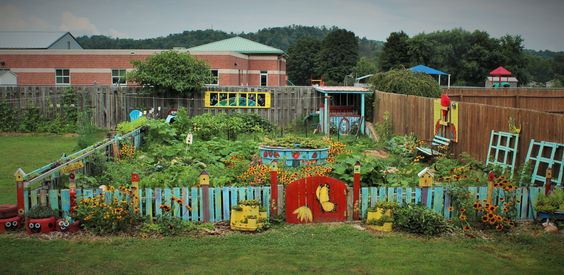
Raised Two-Story Duck House With Porch And Duck Pool In Wood Construction Enclosure
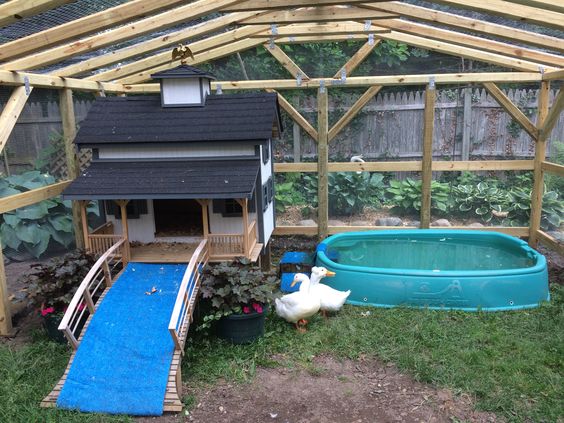
A-Frame Duck Enclosure With Coop And Pool
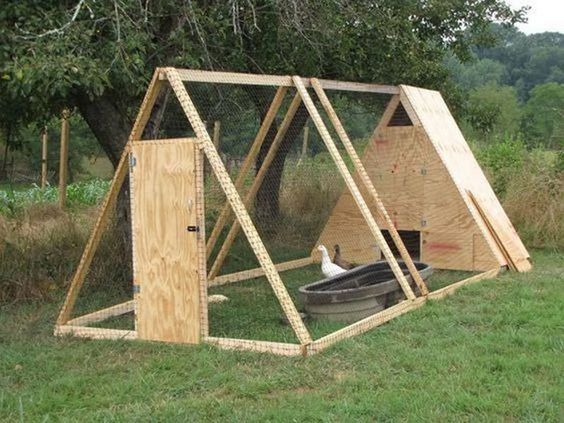
Raised Platform Chicken Coop And Pool
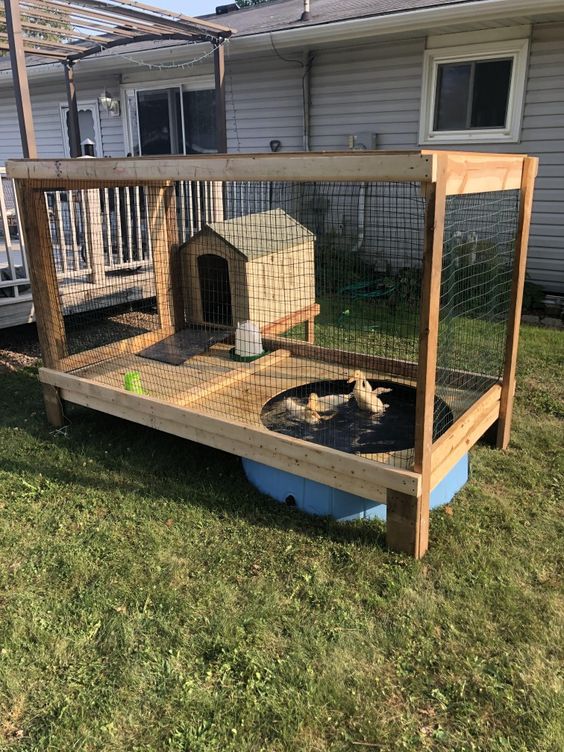
Arched Enclosure With Wood, Chicken Wire And PVC Pipes
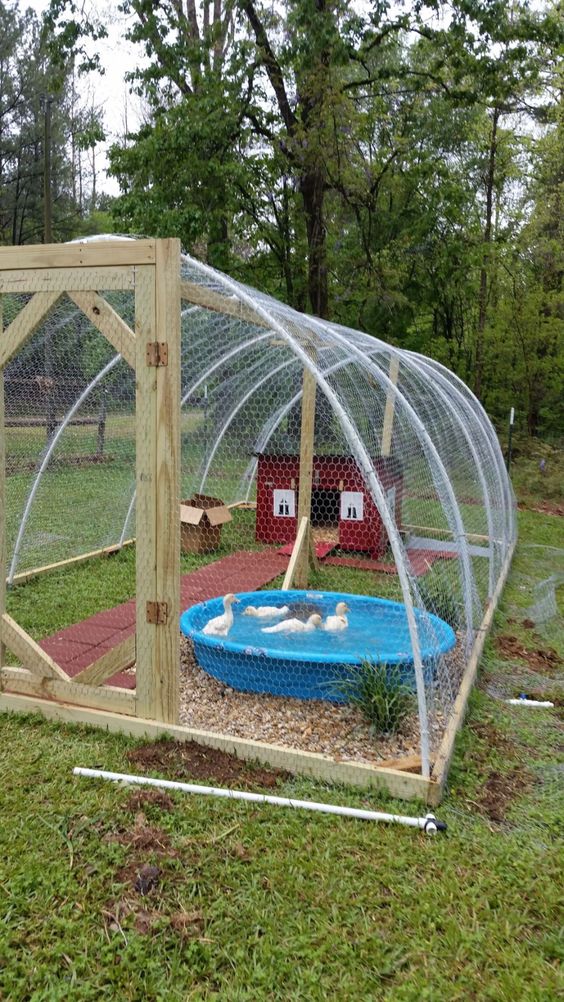
Barn Style Duck Enclosure
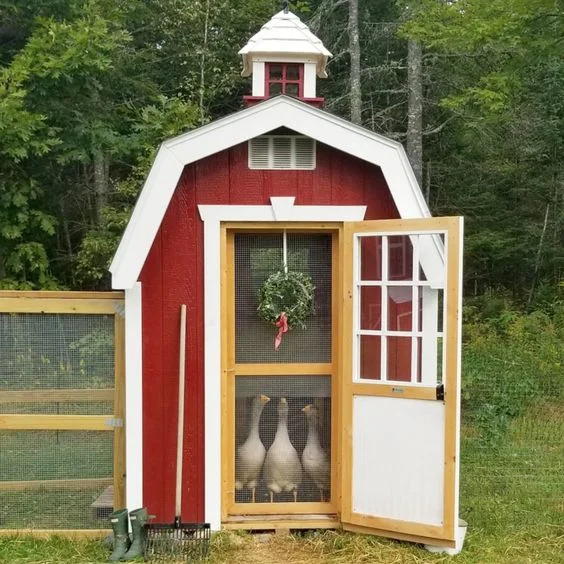
Concrete Block Duck Pen Opening To Pool Enclosure With Wooden Deck
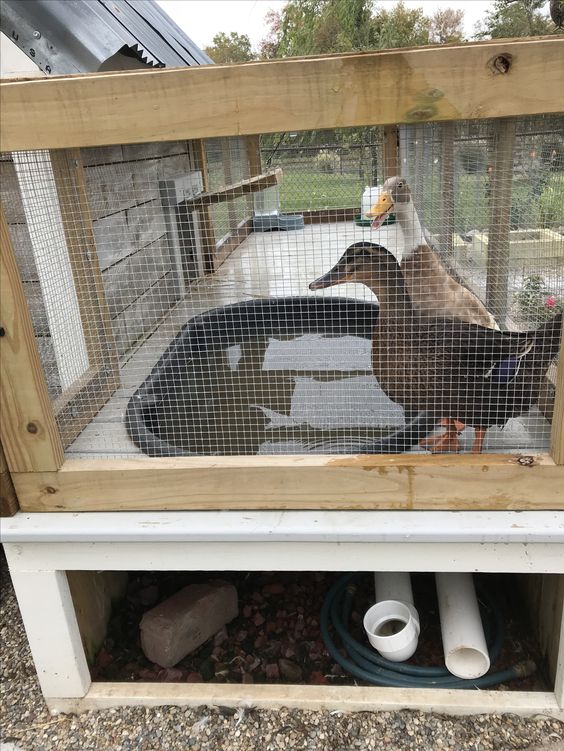
Cable Spool Duck House With Succulent Garden Roof
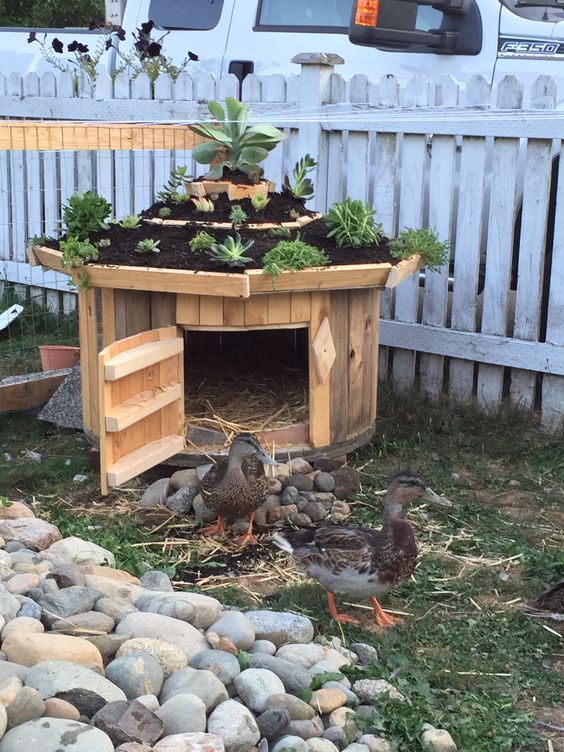
Chicken Wire Enclosure With Grass And Pond
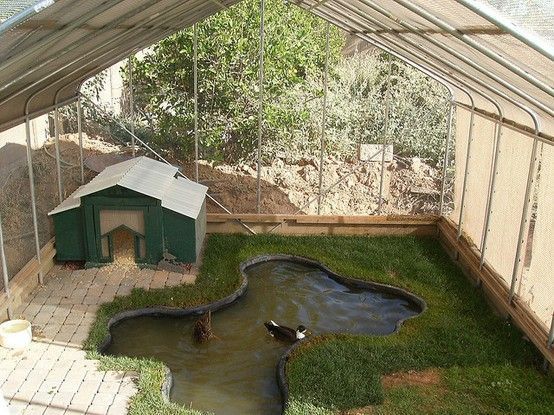
Duck pen With Chicken Wire, Tin Flat Roof And Garden in Front
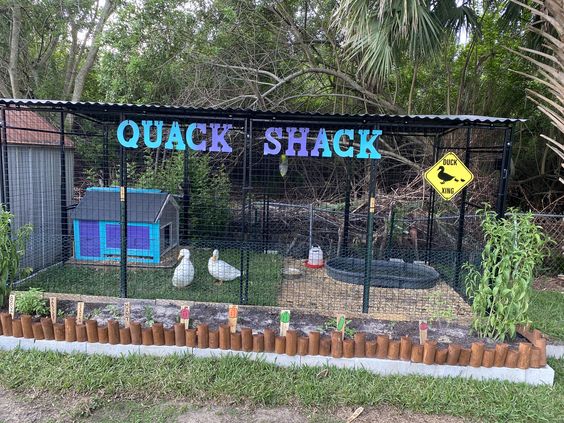
Duck Pen With Reused Materials
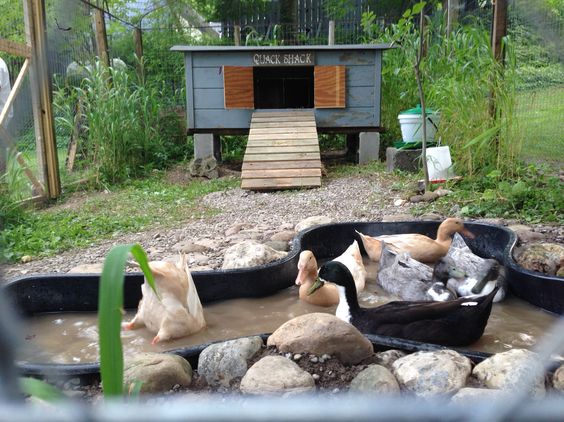
Fenced No-Roof Enclosure With Duck Coop And Trees
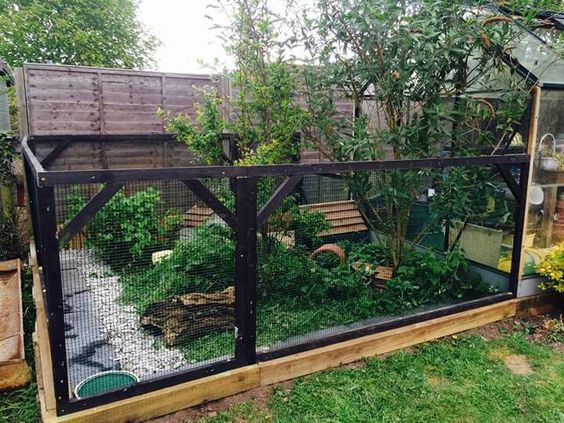
House Shaped Enclosure With Chicken Wire And Trellis With Pool
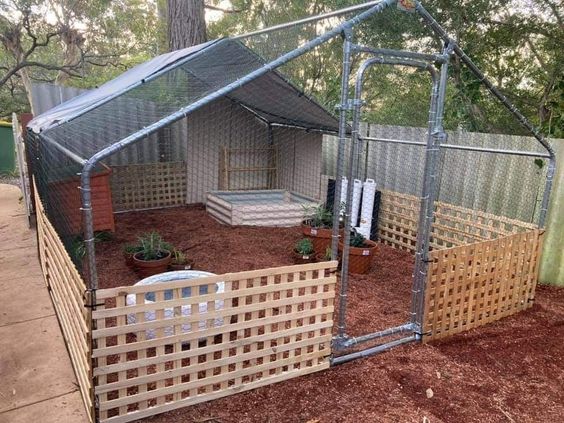
Mandarin Duck Pen
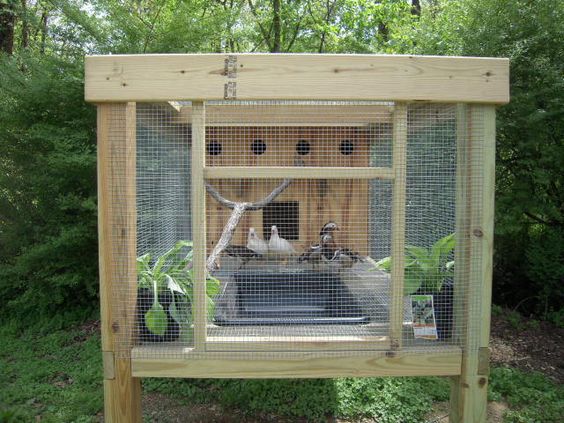
Old Farmhouse Style Duck House
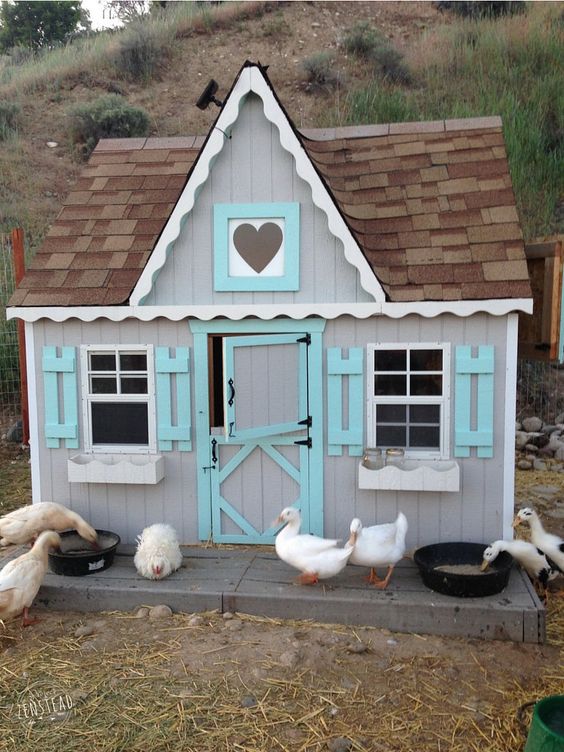
Picked Fence Enclosure With Raised Duck Coop And Ground Pond With Rocks
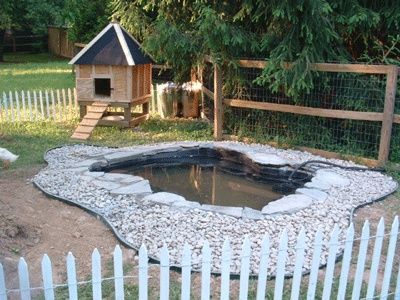
Trellis Enclosure, Planked Floor And Build-In Pind
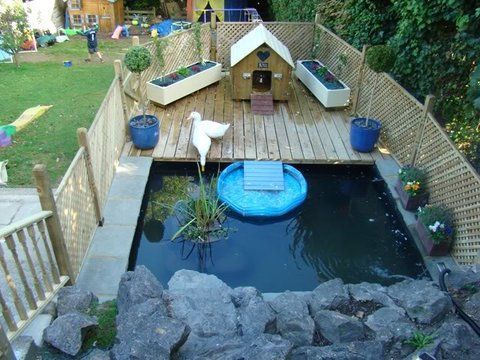
Metal Frame Chicken Wire And Trellis Enclosure With Separate Pools And Shed-Like Coop
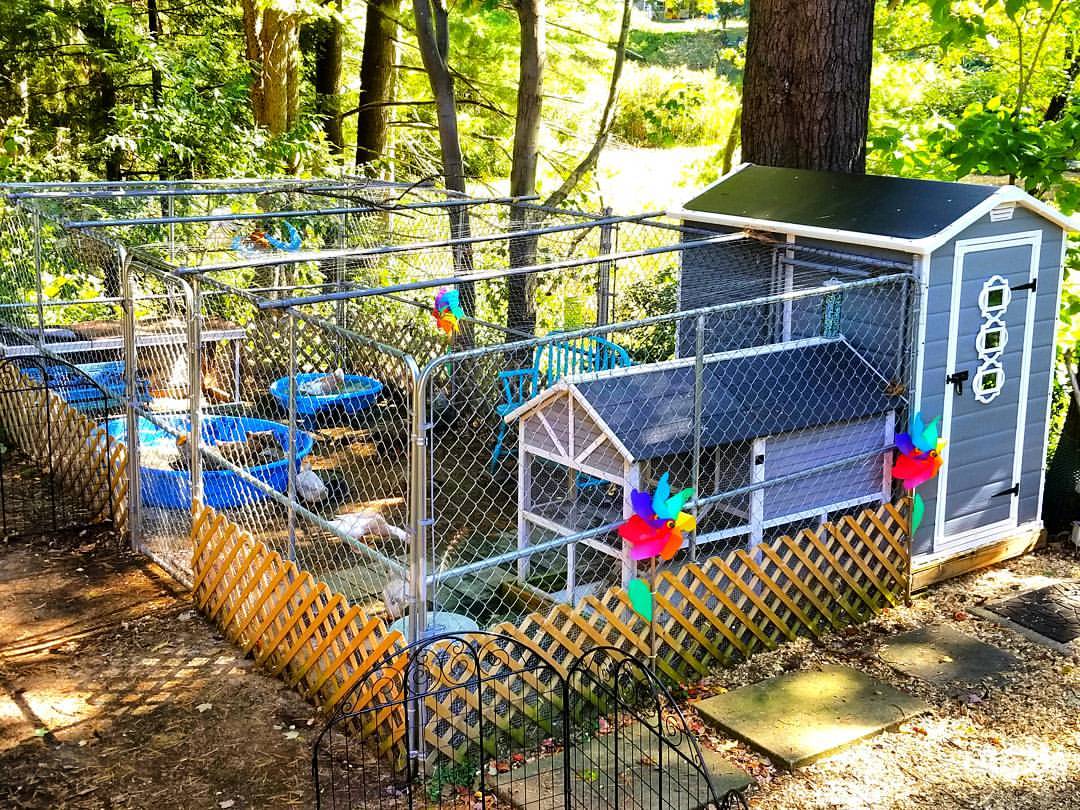
Designing Your Duck Enclosure
Before we dive into building a home for our feathered friends, let’s consider the importance of location, size, and materials. These factors ensure that our ducks have a safe and comfortable environment.
Choosing the Right Location
I always start by examining my backyard or garden to find a spot that’s high and dry. Ducks love water, but their home should not be prone to flooding.
Ideal locations are:
- Near a water source but elevated to avoid puddles
- Protected from direct wind
- Away from the busy parts of my garden to limit disturbances
It’s essential to consider natural cover from plants or fences, which help protect the ducks from predators.
Determining the Size and Space Requirements
When figuring out how big the enclosure should be, I think about how many ducks I plan to have. Ducks need plenty of room to move around, forage, and stretch their wings.
Here’s a simple guideline:
- 3-4 square feet per duck inside the shelter
- 10-25 square feet per duck in the outdoor pen
My approach is to err on the side of spaciousness to ensure my ducks don’t feel cramped. For instance, for six ducks, an outdoor pen of at least 60 square feet is a starting point.
Selecting Materials and Tools
The selection of materials and tools is crucial for a sturdy and predator-proof duck enclosure.
I prefer using:
Materials:
- Untreated lumber for the frame (A-frame or duck coop)
- Heavy-duty wire mesh or hardware cloth for security
- Durable roofing material (e.g., corrugated metal or shingles)
Tools:
- Measuring tape
- Saw
- Hammer & nails or screw gun & screws
- Wire cutters
For a unique duck house, reusing materials like wooden pallets for a pallet duck house or an old cable spool can add a personal touch and be cost-effective.
Remember, the goal is to have a duck enclosure that’s both functional and a charming addition to my backyard.
Building and Maintenance Tips
Creating a safe and welcoming space for our feathered friends starts with crafting a sturdy structure. Let’s get our hands dirty and make sure our ducks have a cozy home that lasts for seasons to come.
Constructing the Base and Walls
First off, a strong foundation is key to any long-lasting duck enclosure.
I recommend using treated lumber for the base to resist moisture from the ground. Hardware cloth should be laid on the floor to protect against burrowing predators, and the walls ought to be constructed with the same tenacity.
Weather-resistant wood is an excellent choice here to keep the enclosure dry and comfy inside.
- Floor: Treated lumber, hardware cloth
- Walls: Weather-resistant wood
Adding a Roof and Insulation
Now, let’s talk about the roof.
I like to use corrugated roofing material because it’s durable and keeps water out.
For those chilly nights, adding insulation under the roof will keep our ducks warm and happy.
Using materials like foam boards or straw packed between the roofing and ceiling adds a toasty layer my ducks always seem to appreciate.
- Roof: Corrugated material
- Insulation: Foam boards, straw
Ensuring Safety and Comfort
Safety is paramount, so I make sure the door closes securely with a ramp for easy access.
Ventilation is also crucial. I install vents near the roof where it doesn’t let in drafts.
Bedding like straw or mats on the floor gives my ducks a soft place to rest that’s also easy to clean.
- Door: Secure, with ramp
- Ventilation: Roof-level vents
- Bedding: Straw, mats
Cleaning and Upkeep
Finally, regular maintenance is what keeps our duck house a welcome home for long.
A roof that extends over the walls prevents rain from seeping in.
I believe in simple, clean designs that not only facilitate easy cleaning but also minimize hiding spots for pests.
Removable flooring or a tilting floor can make this chore a breeze.
- Maintenance: Overhanging roof, simple design
- Cleaning: Removable/tilting floor

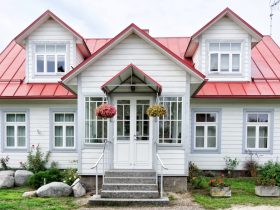

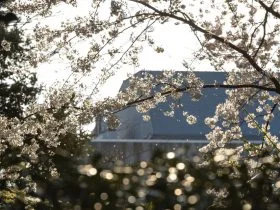

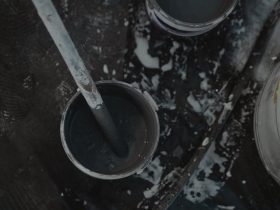
Leave a Reply
View Comments